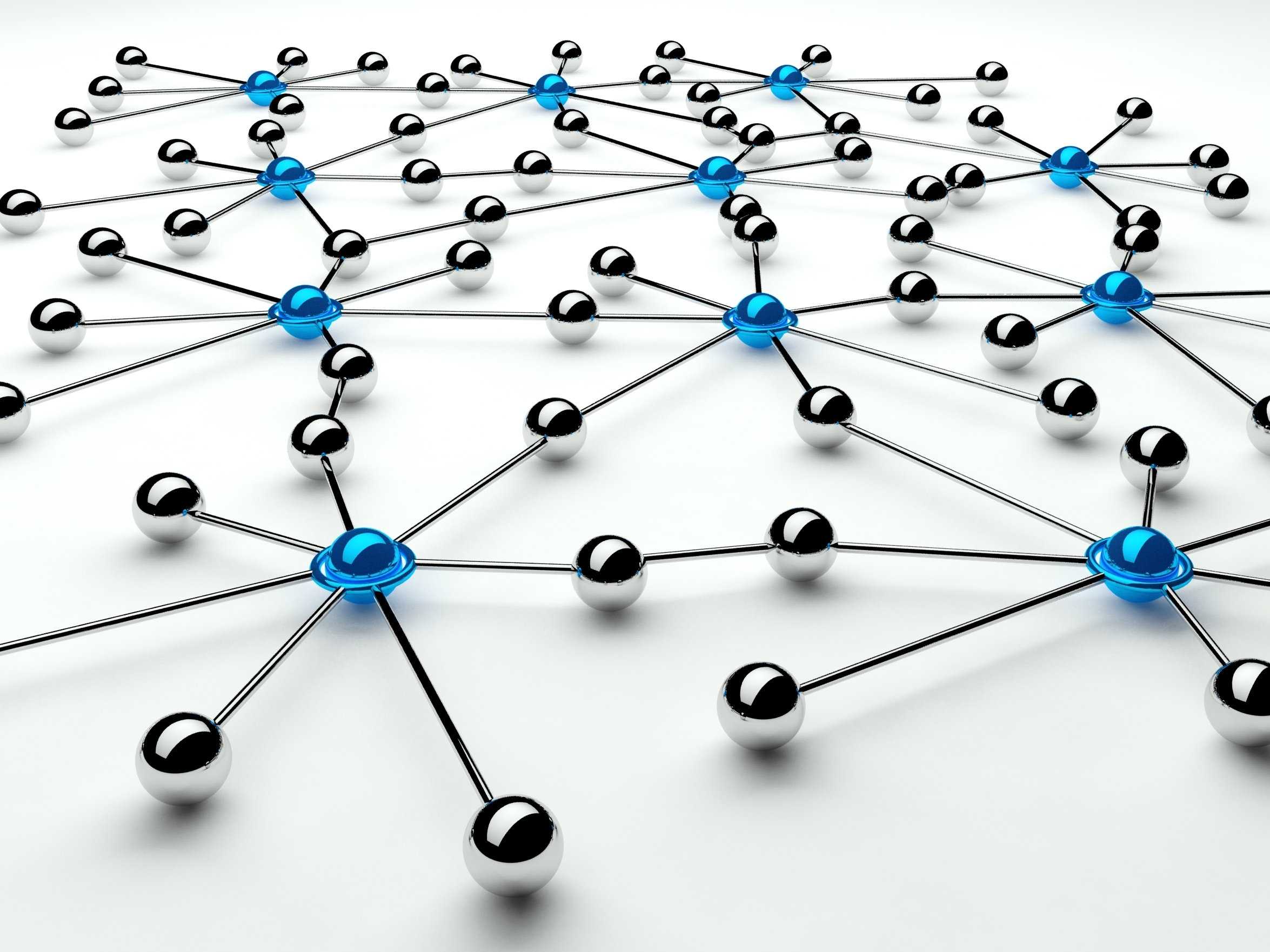Skills Knowledge Enhancement - Networks
Notes containing descriptions of networking components and how they work together to create a computer network need to be put back together because a 'packet' of key words was lost in transmission. Here are the answers! and here are some more detailed notes on Networking.
When a file travels through the internet it isn't sent as one document, it is broken up into lots of small 'data packets'. A 2MB file could, for example, be broken up into chunks of 512 bytes in size. Before each chunk is sent, it is given a 'header' containing the network IP address that it needs to arrive at and also details of the IP address from which it was sent. The header also gives each chunk of data a number and records how many chunks the data was split up into. These chunks of data with these additional pieces of information are referred to as packets.
Teach-it.com has a very good description of the process and a Word extract of this can be downloaded here. See also the Net-Seal 'Routing' animation.
This packet switching demo shows the transportation of data over the internet and there are some other brilliant animations that demonstrate network processes (see Net-seal Animations in the SKE dropbox).
A class network demonstration can be a good starting point for a discussion on packet switching (handshaking, missing packets, collisions, security, etc). Try and get some better jokes!
A funny, informative and multi-lingual 10 minute animated web video on the transmission of information over the Internet is at http://www.warriorsofthe.net/movie.html or on YouTube.
'Packet Attack' is a fun way of illustrating what can happen to packets after they've been transmitted and the consequences of delayed, corrupted or lost packets. It also illustrates how these problems are overcome to ensure an uncorrupted, complete message is delivered!
A series of flash animations explaining various networking operations have been produced by 'Teaching Computer Networks Through Simulation Experiments and Animation Library (NET-SEAL)'. They can be accessed through http://taibah.net/main/projects/net-seal/animations. Here are just two of them:-
AQA GCSE Computer Science: Networking - Topic 17 and other sections of the AQA Computer Science Specifications can be found on Youtube and some introductory notes on networking by Peter Dordal with minor updates by Andy Harrington can be viewed here. Links to ALL AQA topics can be found in the Awarding Body Materials section of this site.
Back to Top
A full description of the TCP, IP, DNS, DHCP, Default Gateways, Sub net Masks and much more is explained extremely well by 'Eli The Computer Guy'.
TCP/IP
The IP protocol deals with connecting two devices together whilst the TCP protocol is responsible for the transmission of the data, once the connection has been made. See Eli's video 0 - 16:54 mins for TCP
DNS - Domain Name Server
This translates a domain name into an IP address and returns
that IP address to your computer. The root nameservers are
located all over the world, mostly in datacenters near "hot
spots" of Internet infrastructure or usage. A very incomplete map is located here: http://www.root-servers.org
(The section on DNS is 21.00 - 25:00 mins in the video.)
DHCP - Dynamic Host Configuration Protocol
This is a network protocol that enables a server to automatically assign an IP address to a computer from a defined range of numbers (i.e., a scope) configured for a given network. In your home network this is normally situated on the Router. (See Eli's video - 25:00 - 35:15 mins)
Network Simulator
Filius is a useful tool for setting up a virtual network. It allows students to allocate IP addresses to devices, setup a DHCP server and lets students test the communication between devices. An english version of the 'user manual' is available and there are support videos on 'Mr Powell's Computer Science Channel' on YouTube.
Software life cycle models describe phases of the software cycle
and
the order in which those phases are executed. There are lots
of
models, and many companies adopt their own, but all have very
similar
patterns.
There are various Software development models or methodologies. They are as follows:
- Waterfall model
- V model
- Incremental model
- RAD model
- Agile model
- Iterative model
- Spiral model
- Some of these models are summarised here and here are the "group's" notes: Agile, V-Model, Spiral, Waterfall and Incremental.
Back to Top
The WebSocket API is an advanced technology that makes it possible to open a two-way interactive communication session between the user's browser and a server. With this API, you can send messages to a server and receive event-driven responses without having to poll the server for a reply. Websockets allows real-time interaction between a server and a number of clients. Uses include Social feeds, multiplayer games,
Back to Top
